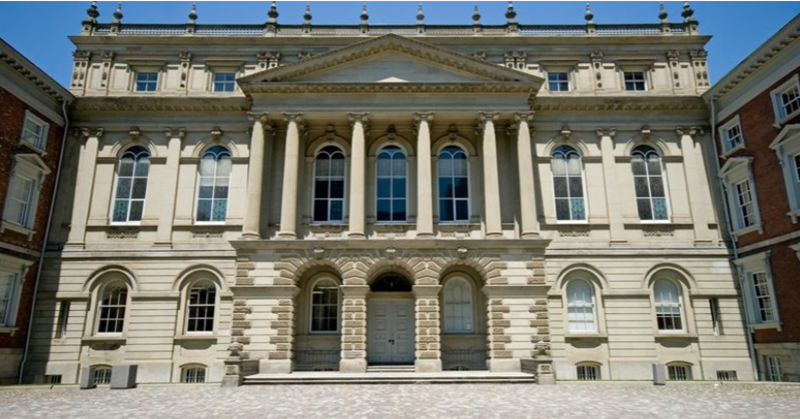Wrongly appealed to the Divisional Court: Now what?
Published:
- If the Appeal is taken to the wrong Court, the Court has the discretion to take the following possible actions:
- The Court of Appeal may reconstitute itself as the Divisional Court (but not vice versa); and
- Either the Divisional Court or the Court of Appeal may traverse/transfer the appeal to the correct Court; or
- Either the Court of Appeal or the Divisional Court may quash the appeal forcing the Appellant to seek an appeal in the correct court.
Reconstitution
- The combined effect of ss. 13 and 18 of the CJA enables three judges of the Court of Appeal to sit as a panel of the Divisional Court with the consent of the Chief Justice of the Superior Court of Justice and the Chief Justice of Ontario. However, the Court of Appeal rarely reconstitutes itself as the Divisional Court. Doing so involves bypassing the Divisional Court and therefore it is only done in rare instances.[1]
- One reason for the Court of Appeal reconstituting itself as the Divisional Court is where the jurisdictional issue was only noticed after the appeal had been fully argued and doing so will save the parties the expense and inconvenience of having to re-argue the appeal.[2] It typically occurs with the consent of all parties.[3]
- Where the appeal is wrongfully brought to the Court of Appeal deliberately and not by mistake the Court of Appeal will not reconstitute itself as a Divisional Court and will quash the appeal.[4]
Traversing the appeal
- Where an appeal is brought in the wrong court, the appellate court has the authority to transfer the appeal to the proper court: see s. 110(1) of the CJA. Whether to transfer the appeal is a matter of discretion, taking into account the following factors set out in Dunnington v. 656956 Ontario Ltd. (1992), 1991 CanLII 7107 (ON SC), 9 O.R. (3d) 124 (Div. Ct.):[5]
- the merits of the appeal;
- whether the respondent will suffer undue prejudice as a result of further delay while the appeal is waiting to be heard; and
- whether the appellant moved expeditiously after becoming aware that jurisdiction was in dispute.
- the merits of the appeal;
- Where this test is not met, the appeal will be quashed for lack of jurisdiction.
Order to quash
- Section 21(3) of the CJA provides motions to the Divisional Court “shall be heard and determined by one judge, unless otherwise provided by the rules of the court.”
- A single judge of the Divisional Court is able to quash an appeal outside of its jurisdiction.[6]
- Where the Court has no jurisdiction to consider an appeal pursuant to the CJA, and the appellant’s right of appeal lies to the Court of Appeal, a Divisional Court Judge can and will make an order quashing the appeal.[7]
References
[2] Ibid at para 9. Villa Verde L.M. Masonry Ltd. V. Pier One Masonry Inc., 2001 CanLII 7060 (ON CA)v at para 12; Pruner v. Ottawa Hunt and Golf Club, Limited, 2015 ONCA 609 at para 53.


